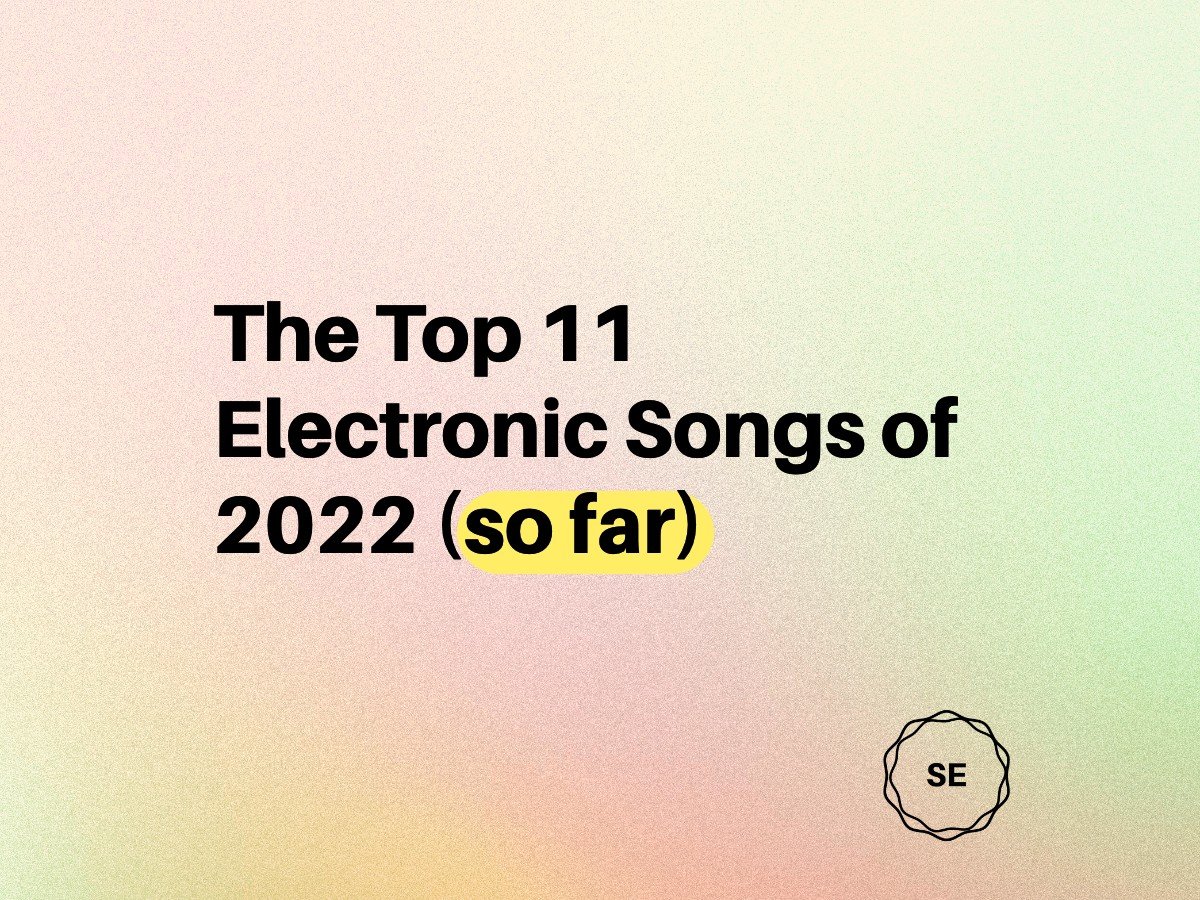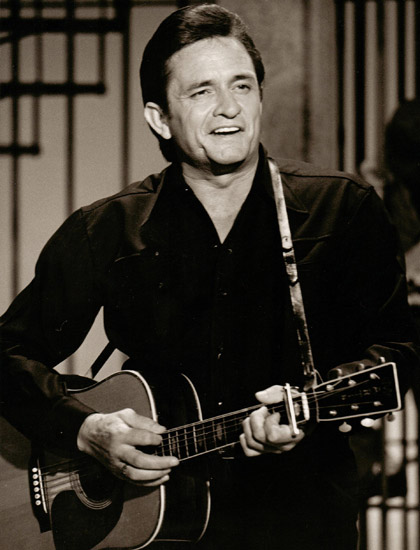Arcade Fire - WE
Arcade Fire
WE
By: Jon Gallagher
Hipster icons Arcade Fire refuse to rest on the adoration of their fanbase on new release, WE.
Mark Twain is quoted as saying, "A classic is something that everyone wants to have read, and nobody wants to read."
Arcade Fire has been one of those bands that many people are chagrined to find out is almost universally adored for this reason. Kind of a hipness through osmosis, or (with apologies to Rene Descartes), "Ausculto, Ergo Frigidus."
On their latest release, WE, the Montreal-based quintet attempts not only to live up to the hype but to actually earn it.
Artsy, bohemian musical collectives are not a new endeavor. Gaggles of impassioned, idealistic multi-instrumentalists and singers will usually accrete in insular places, such as ones of higher learning or in specific socio-economic microcosms. The results vary, from early Thompson Twins to The Grateful Dead, Chumbawamba, and of course, Canada's own Arcade Fire.
The common issue with groups of this type is the tendency to exhibit a form of musical schizophrenia and a lack of artistic cohesion (for want of a better word) present in bands where each member has their own wheelhouse to man.
On this release, aside from the core group of Win Butler, Regine Chassagne, Richard Reed Parry, Tim Kingsbury, Jeremy Gara, and Will Butler, there are an additional 19 musicians credited and 20 individuals involved in the recording, mixing, and mastering process.
Truly, in this case, it takes a village to raise an album.
The leadoff track on the record (the group's sixth) is "Age of Anxiety I." Omnipresent are the classic "Arcade Fire chords" and the pretentious artistically inspired formula of "same song title with the numeric suffix denoting philosophical, if not musical, correlation between the songs."
Absent, however, is the trademark musical eclecticism, and the track maintains a consistent focus to the end. The second instalment, "Age of Anxiety II (Rabbit Hole)," carries on with this trend, starting as a mournful piano dirge before climaxing in a fair approximation of an A.I. deep dreaming an evening at Studio 54, circa 1979.
"Prelude" is a pretentious esoteric 30 seconds of noise reminiscent of someone tossing rocks down a stairwell.
What it is a prelude to is "The End of the Empire I-III," which channels John Lennon's "Imagine" by way of Ziggy Stardust and then melds into "The End of the Empire IV (Sagittarius A)," which would easily be at home on either Sgt. Pepper's Lonely Hearts Club Band or "Wish You Were Here," had they been written on a laptop at Starbucks in a fury of caffeine-fueled suburban angst.
At roughly the midpoint of the album, the band offers up "The Lightning I," a sweeping ballad and a call to perseverance for the downtrodden, which quickly morphs into "The Lightning II," the current radio-friendly single and one of the more traditionally "Arcade Fire-ish" songs in this collection. The other shoe drops with "Unconditional I (Lookout Kid)," which also sounds much like past band releases.
However, the déjà vu is entirely obliterated with the next song. "Unconditional II (Race and Religion)" has Win Butler relinquishing lead vocal duties to Regine Chassagne, who performs a stunning, propulsive declaration of love, clothed in lush synth textures over top of afrobeat bones.
The only thing that's missing would be backing vocals by Peter Gabriel.
Oh wait, there are backing vocals by Peter Gabriel.
Finally, closing the album is the title track, "We," a plaintive acoustic guitar-driven song reminiscent of Led Zeppelin's "Tangerine" with a classic A.F. twist.
Taken as a whole, this album looks to put a little space between where Arcade Fire has been up until this point and where it might be headed.
Influences can clearly be heard in the collection of songs on this release, which is not entirely a bad thing. As T.S. Eliot wrote, "Good writers borrow. Great writers steal", and at least musically, that has a modicum of credence here.
On the other hand, the lyrics tap into the spirit of our times and provide a great deal of reflection in this post-Trump, post-pandemic era by putting a little space between where we have been and where we might be headed.
They assure us that although all good things come to an end, all bad things eventually do too, and that rebirth is possible, something that this album practices as well as it preaches, as indicated by the poignant last lyric of the record: "When everything ends, can we do it again?"
Let's hope they can.












